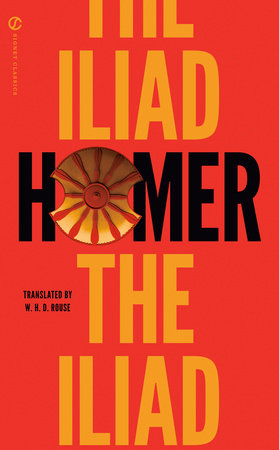What we call things, and how we classify those things, is necessarily an abstraction. We take what we perceive to be individual items and group them together according to some imposed or perceived structure, a commonality among them. Or we take a group, a collective, a mass, and individuate its various components. How we go about this process reveals our own ideological blind spots.
My project this summer concerns how architecture and public spaces, public art, serve to commemorate, preserve, or efface Central Europe’s communist past. Before this week, I’ve always conflated the first two terms into something like commemorate/preserve. Part of my past research includes the Holocaust, the Shoah, and I think it must have been from that experience that I learned to put these terms together in such a way.
To commemorate, according to Holocaust discourse, is always to preserve, to never forget. It is to bring up again and again. Preservation (of the camps, of the records) allows for commemoration to take place, both in the world as well as in thought.
After this week I now understand that those two terms do not quite as easily fit together. The slash produces an inauthentic experience insofar as my current project is concerned.
Here, to preserve is to ascribe value to the event, place, person, thing. Because of the value we place upon the past (to resort to an easy metonymy), we want to keep it around, preferably in its original condition. (I realize the problematics of my language: what is original? is a thing’s condition an inherent aspect of the thing itself or an ascribed or imposed estimation, perhaps as a result from our own ideological conditioning? etc.)
To commemorate, in this context, is to also ascribe value to the past, albeit a negative value. We remember so as to remind ourselves of our history of trauma, to never forget how terrible it was. In this way, commemoration is a critical act. Preservation, on the other hand, serves to celebrate in some way the achievements of the past as it was in its lived experience.
We attempt to preserve the sculpture from the normalization period (basically post-Prague Spring (1968) to the Velvet Revolution (November 1989)). But we commemorate by way of plaques, memorials, and statues the student Jan Palach, who early in 1969 set himself on fire to protest the Soviet occupation. On one side, we value what was created under extraordinary circumstances; on the other, the way in which one hero-dissident challenged those circumstances.
Both camps have their heroes and villains, and often we can’t really tell who is who. Heroism and villainy never take place in a vacuum, after all. Trying to make sense of how this dynamic plays out in the public sphere and beginning to ask these questions 25 years after the Velvet Revolution is my own attempt to help articulate a path forward for not only these two (remember: already abstracted) groups but also the group who would rather forget the past altogether at any cost and can only ascribe value to the present or to the future.
These are some of my accomplishments today: visiting DOX, the Center for Contemporary Art, where I purchased the massive volume Aliens and Herons, which was edited by an artist/activist I interviewed Monday. The book is a collection of essays and photographs of sculptures around Prague that were constructed during the period of normalization. And here, too, is my press credential so I could attend the reSITE conference on architecture and urban design. The keynote this afternoon was Michael Kimmelman, the architecture critic from The New York Times.


